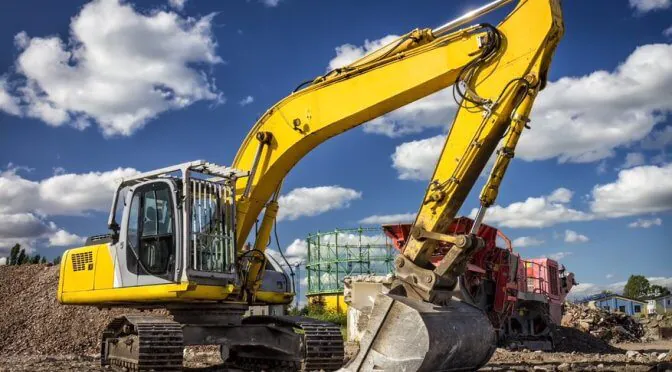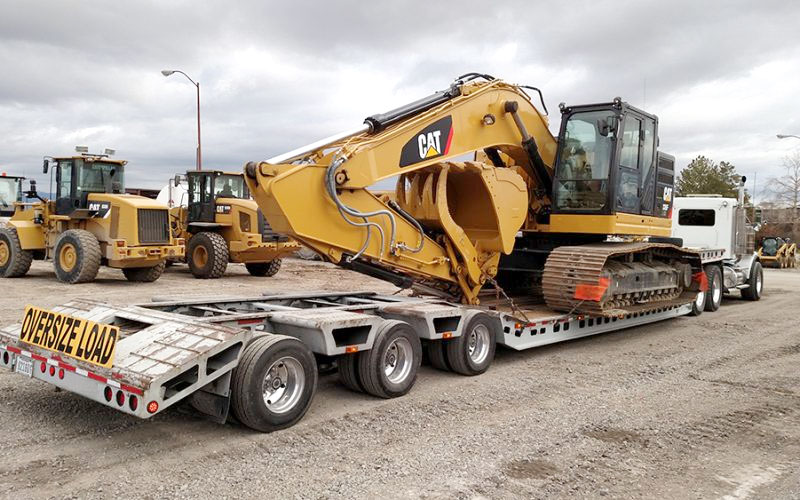Just How to Select the Best Skid Guide Loader for Your Building Rental
Selecting the ideal skid steer loader for your building and construction leasing is a diverse decision that pivots on a complete examination of your job's distinct needs. Trick factors to consider consist of the type of surface, essential attachments, machine size, and engine power to balance workload performance with gas intake. In addition, evaluating rental costs from various carriers, while factoring in logistics and insurance policy, is vital for a cost-efficient selection. Focusing on operator convenience and safety attributes can dramatically boost productivity, yet exactly how do you ensure you make the most enlightened decision? Allow's discover the necessary steps in better information.
Examine Your Job Demands
When evaluating the best skid steer loader for your demands, it is essential to initial analyze your project requirements thoroughly. Think about the nature of the tasks you intend to complete, as this will substantially influence your selection. A project entailing heavy material handling may require a loader with greater lifting capability, whereas precision tasks like landscape design may benefit from a version with improved ability to move.
Comprehending the surface and spatial restraints helps in choosing a skid steer loader that can run efficiently within these parameters. Additionally, identify the details add-ons needed for your jobs, such as pails, plates, or augers, as different designs support varying attachment types and dimensions.
Short-term tasks may prioritize rental alternatives with adaptable terms, while lasting or reoccuring jobs can warrant the financial investment in an acquisition. By extensively evaluating these elements, you can make an educated decision that aligns with your project requires, consequently optimizing effectiveness and performance.
Determine the Right Dimension
Selecting the ideal dimension skid guide loader is essential in ensuring ideal performance and performance on your job site. The dimension of the loader affects not only the convenience of ability to move however also the capability and suitability for numerous building and construction jobs. To identify the best dimension, one need to think about the nature and range of the work included. Small to mid-sized loaders are excellent for tight areas and lighter jobs such as landscaping or domestic building. These small machines supply superb versatility and are easier to transfer.
Alternatively, bigger skid guide loaders are developed for heavy-duty procedures. equipment rental company Bremen GA. They are better suited for substantial building and construction websites where greater lift abilities and extra stability are required. The physical measurements of the equipment ought to likewise be thought about, particularly in confined environments where larger tools might not be functional

Moreover, the loader's weight and its influence on the surface ought to be reviewed. Larger makers can trigger ground displacement, making them much less appropriate for soft or fragile surfaces. By meticulously examining job needs and site conditions, one can select a skid guide loader that takes full advantage of efficiency while minimizing operational restrictions.
Evaluate Engine Power

When examining engine power, take into consideration the type of workplace and the nature of the tasks the loader will certainly carry out. A higher horse power engine can deal with sturdy terrains and demanding workloads better, lowering the threat of functional delays and mechanical stress and anxiety. Additionally, extra effective engines typically use far better hydraulic performance, which is essential for add-ons that require significant hydraulic flow and stress.

Consider Attachments
Add-ons play an essential duty in making best use of the adaptability and capability of a skid guide loader. These versatile tools can transform a single equipment into a multi-functional giant capable of tackling varied jobs on a building site. When thinking about accessories, it is important to examine the details requirements of your project. Typical attachments include buckets, augers, trenchers, pallet forks, and brush cutters, each designed to do unique features.
Before finalizing your selection, make sure the skid guide loader version you select is suitable with the add-ons you intend to use. Some tools demand greater hydraulic capacities, which should line up with the loader's requirements.
Quality and toughness are additionally important factors. a fantastic read Go with attachments from trustworthy manufacturers recognized for their durable construction and longevity. This not just enhances performance but reduces long-lasting upkeep costs. Finally, assess heavy construction equipment leasing the ease of add-on transition. Quick-attach systems can substantially improve performance, allowing operators to change in between devices swiftly and with marginal effort. By very carefully taking into consideration these elements, you can significantly boost the functional effectiveness and adaptability of your skid guide loader.

Testimonial Rental Prices
When evaluating the financial elements of a skid guide loader, comprehending rental costs is critical (equipment rental company Bremen GA). Rental expenses can vary substantially based upon several aspects, consisting of the period of the service, the model and requirements of the skid steer loader, and the inclusion of any extra accessories. It is essential to obtain a detailed break down of these expenses to guarantee there are no hidden fees that can affect your spending plan
Begin by comparing quotes from multiple rental firms to identify a competitive rate. Focus on the conditions of each rental agreement. Some firms might use discounts for extended rental periods, which can be useful for long-term projects. Additionally, ask about the cost of selecting and supplying up the equipment, as these logistics charges can build up promptly.
One more facet to consider is the price of insurance and potential liability for problems. If extra insurance is needed, guarantee that the rental includes appropriate insurance coverage or determine. Analyze the cost-effectiveness of purchasing the skid versus leasing guide loader if your task covers a considerable timeframe. By carefully reviewing rental expenses, you can make an educated decision that aligns with your economic constraints and project demands.
Verdict
Picking the optimum skid steer loader for building rental demands a complete assessment of project-specific requirements, including surface and necessary accessories. Furthermore, rental expenses from numerous business should be evaluated, including logistics and insurance policy considerations.
Selecting the ideal skid guide loader for your building service is a multifaceted choice that pivots on a detailed assessment of your task's special requirements.Prior to ground grader rental completing your choice, ensure the skid guide loader version you select is suitable with the add-ons you intend to utilize.When assessing the monetary facets of a skid steer loader, understanding rental expenses is paramount. Rental costs can vary considerably based on a number of aspects, including the period of the rental, the version and specs of the skid steer loader, and the incorporation of any added add-ons.Choosing the ideal skid guide loader for building and construction rental requires a detailed examination of project-specific demands, consisting of surface and essential attachments.